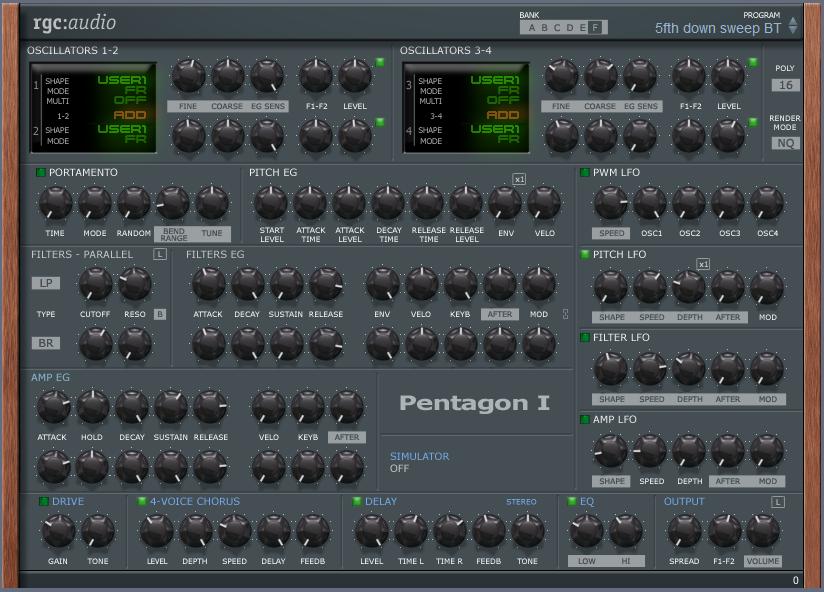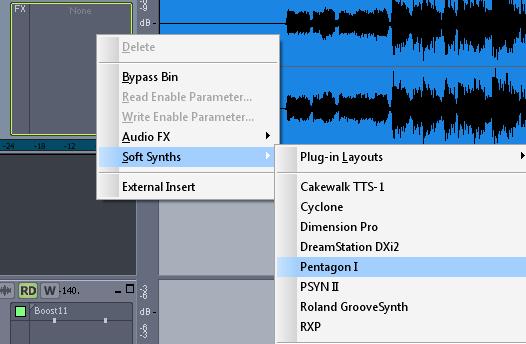Using Pentagon I as a Vocoder
Last updated on 3/31/2016| Using Pentagon I as a Vocoder This tip is an expanded version of a tip originally written by Craig Anderton for EQ Magazine. You can read the original here. The Pentagon I is a performance oriented synth that offers the warm, classic sound of vintage analog synthesizers. Although it has a lot of uses, in this tip we're going to discuss a less common use for Pentagon I - using it as a vocoder.
What is a vocoder? From Wikipedia: "is a synthesis system in which the input is passed through a multiband filter, each filter is passed through an envelope follower, the control signals from the envelope followers are communicated, and the decoder applies these (amplitude) control signals to corresponding filters in the (re)synthesizer." What does that mean? A vocoder is basically two parts:
So the general idea is that we are going to use the filters and effects in the Pentagon I synth to manipulate an audio signal. If your really craving for even more, then check out this article. Let's Get Started
More Tips by Craig Anderton:
|


 this will send the track’s audio input into the Pentagon I’s vocoder.
this will send the track’s audio input into the Pentagon I’s vocoder.